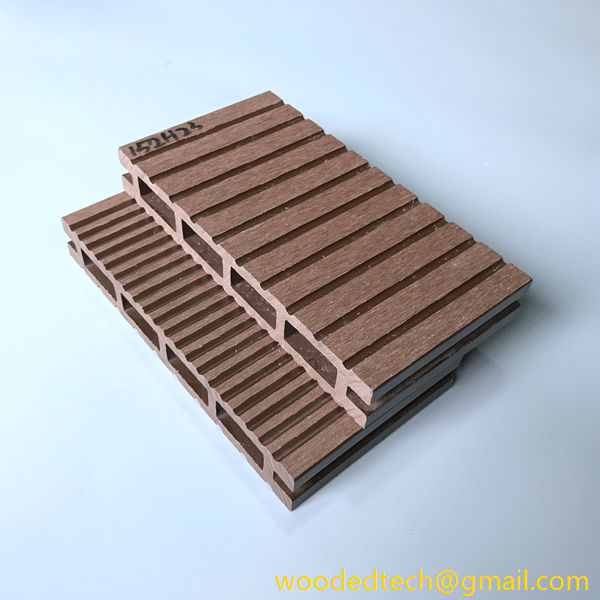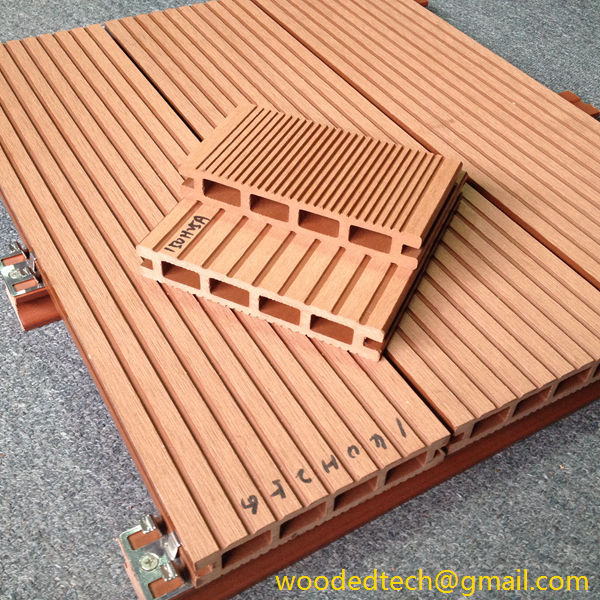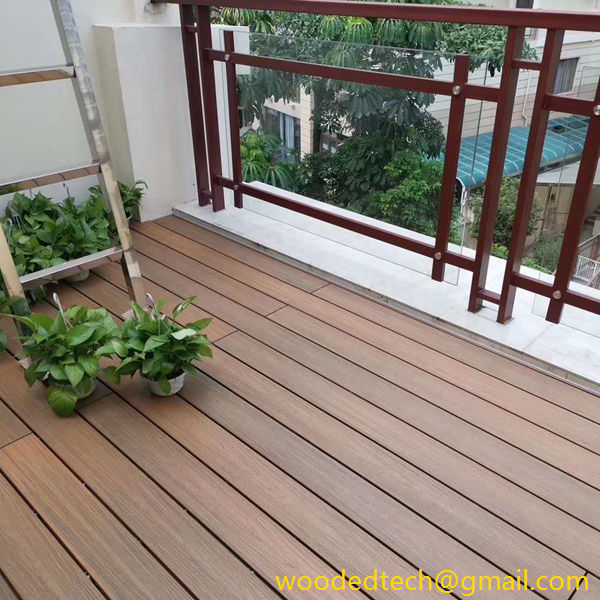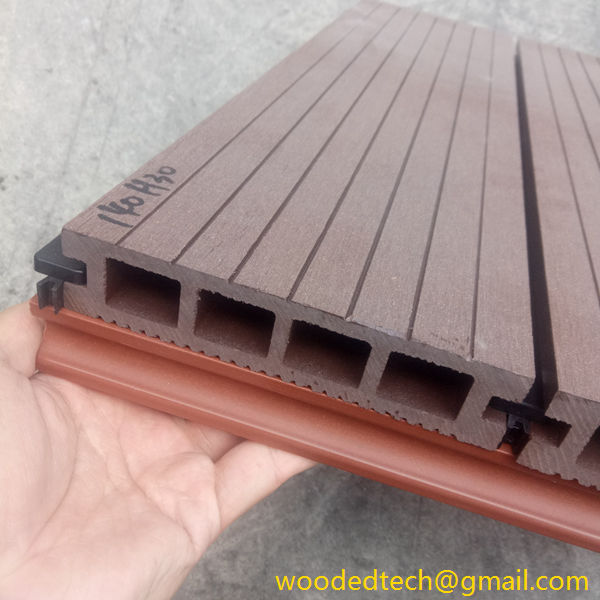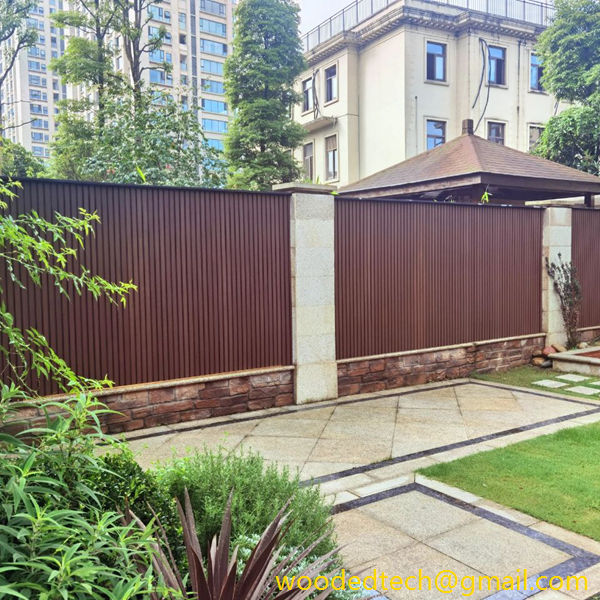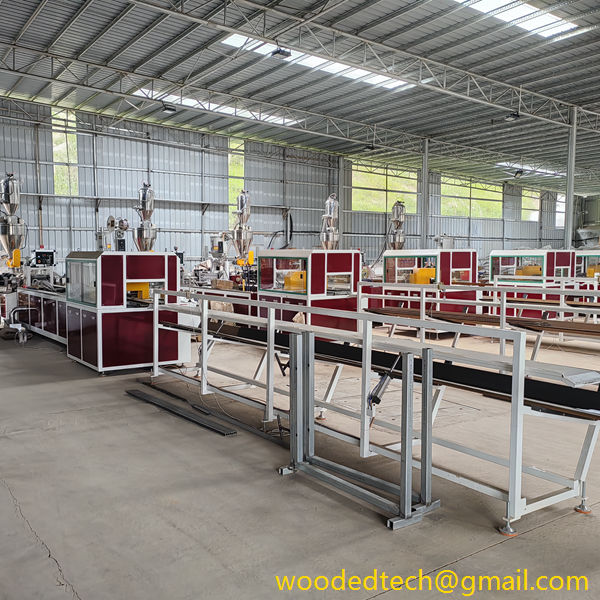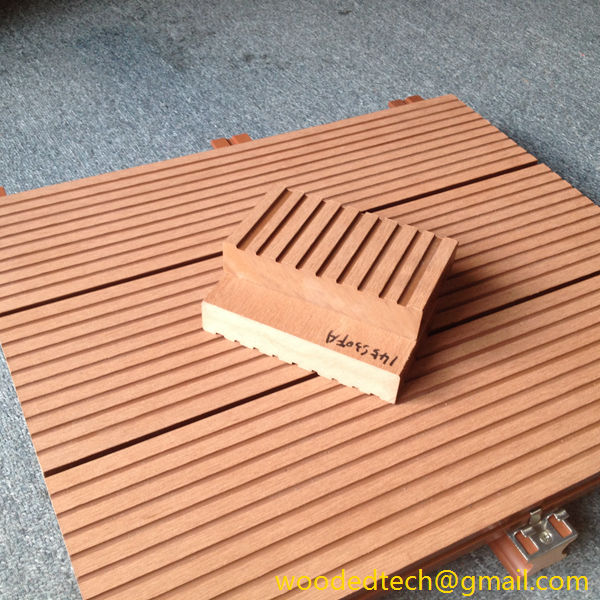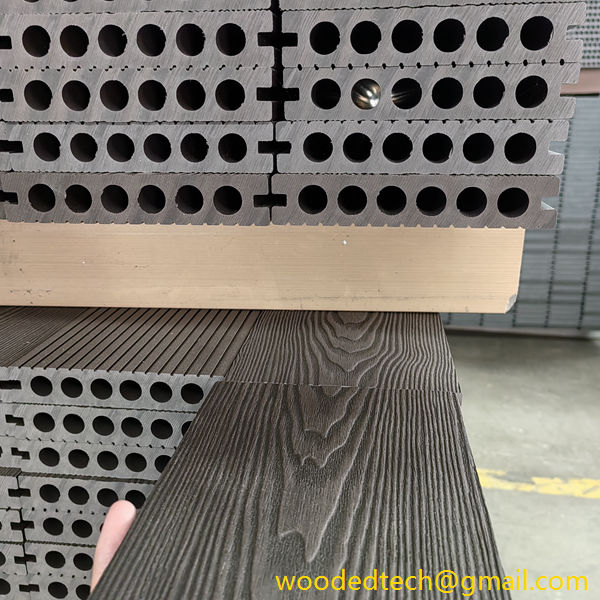Что такое древесно-полимерные плиты: Основные сведения о древесно-полимерных плитах
Что такое древесно-полимерная плита: Основные сведения о древесно-полимерных плитах Древесно-полимерные плиты, часто называемые ДПК (древесно-полимерный композит), - это инновационный материал, сочетающий в себе естественную эстетическую привлекательность дерева с долговечностью и неприхотливостью в обслуживании пластика. Этот композитный материал завоевал значительную популярность в различных областях применения, включая настилы, ограждения,...
Что такое древесно-полимерные плиты: Основные сведения о древесно-полимерных плитах
Wood Plastic Board, often referred to as WPC (Wood Plastic Composite), is an innovative material that combines the natural aesthetic appeal of wood with the durability and low maintenance of plastic. This composite material has gained significant popularity in various applications, including decking, fencing, furniture, and interior design. With its unique properties and customizable options, Wood Plastic Board presents a versatile solution for both residential and commercial projects.
One of the key insights into Wood Plastic Board is its composition. Typically, WPC is made from a blend of wood fibers or wood flour and thermoplastic materials such as polyethylene, polypropylene, or polyvinyl chloride (PVC). This combination creates a material that not only mimics the look and feel of traditional wood but also offers enhanced performance characteristics. The wood fibers provide a natural appearance, while the plastic components contribute to moisture resistance and durability.
The manufacturing process of Wood Plastic Boards involves several stages, including mixing, extruding, and molding. The raw materials are first blended to achieve a uniform consistency. This mixture is then heated and extruded into the desired shape and size. The result is a versatile board that can be customized to meet various design requirements. This adaptability is a major advantage of WPC, allowing it to be used in a wide range of applications.
One of the standout features of Wood Plastic Boards is their ability to be customized in terms of color, texture, and finish. Manufacturers can produce WPC in a variety of colors, allowing for seamless integration with different design schemes. Additionally, the surface texture can be modified to resemble natural wood grain, providing an authentic look that appeals to homeowners and designers alike. The finish can also be tailored to achieve specific effects, such as a matte or glossy appearance.
In terms of performance, Wood Plastic Boards offer several benefits over traditional wood. One of the most significant advantages is their resistance to moisture, which makes them an ideal choice for outdoor applications. Unlike conventional wood, which can warp, crack, or rot when exposed to moisture, WPC maintains its structural integrity even in wet conditions. This property is particularly valuable for decking and fencing, where exposure to the elements is inevitable.
Another important characteristic of Wood Plastic Boards is their resistance to pests and insects. Traditional wood is susceptible to damage from termites and other wood-boring insects. However, the plastic components in WPC create an inhospitable environment for these pests, significantly reducing the likelihood of infestations. This durability extends the lifespan of the material, providing long-term value for homeowners and businesses.
Maintenance is another area where Wood Plastic Boards excel. Unlike traditional wood, which requires regular staining, sealing, and painting, WPC is low maintenance. It can be easily cleaned with soap and water, and it does not require any special treatment to maintain its appearance. This ease of maintenance is particularly appealing to busy homeowners or commercial property managers looking to reduce upkeep costs.
Environmental considerations are also a significant aspect of Wood Plastic Boards. Many manufacturers prioritize sustainability by sourcing recycled materials for their products. For instance, wood fibers may come from post-industrial wood waste, while plastic components can be derived from recycled plastics. This not only reduces the demand for virgin materials but also minimizes the environmental impact associated with production. As a result, WPC is often seen as a more eco-friendly alternative to traditional wood products.
The versatility of Wood Plastic Boards extends beyond outdoor applications. Inside the home, WPC can be used for various purposes, including wall cladding, furniture, and cabinetry. Its customizable nature allows homeowners to achieve a cohesive design throughout their space. Additionally, WPC can be engineered to meet specific fire ratings or acoustic performance requirements, making it suitable for commercial buildings and public spaces where safety and comfort are paramount.
When considering the use of Wood Plastic Boards, it is essential to evaluate their compatibility with existing structures and materials. While WPC can be easily integrated into many design schemes, it is crucial to ensure that it meets the necessary building codes and regulations. Consulting with professionals who specialize in WPC installation can provide valuable insights into the best practices for incorporating this material into a project.
In conclusion, Wood Plastic Boards represent a remarkable fusion of natural beauty and modern technology. Their customizable properties, coupled with their durability, low maintenance requirements, and environmental benefits, make them an attractive choice for a variety of applications. As more homeowners and businesses seek sustainable and versatile building materials, WPC is poised to play an increasingly prominent role in the construction and design industries. By embracing the advantages of Wood Plastic Boards, individuals can create beautiful, functional spaces that stand the test of time while also being mindful of their environmental impact.

